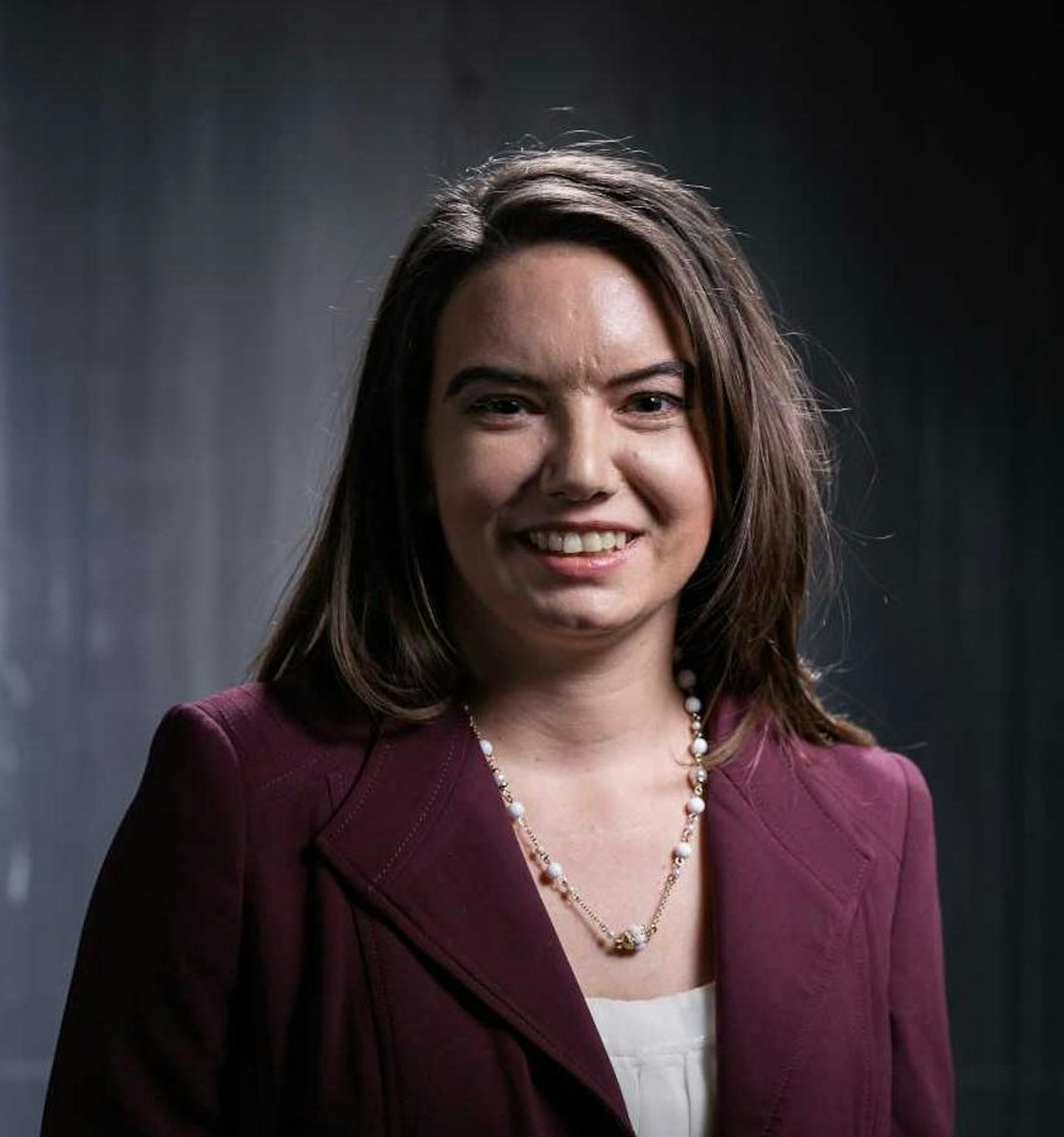Students, faculty and local residents attended a lunchtime lecture on an interdisciplinary effort studying the classification of ancient Greek birds in the Curtis Hall Multi-Purpose Room yesterday.
The Environmental Studies Program-sponsored talk — part of the program’s weekly “Lunch & Learn” series — featured Associate Professor of Classics Marie-Claire Beaulieu who, for two years, has helped coordinate a push to turn Scottish polymath D’Arcy Wentworth Thompson’s work, “A Glossary of Greek Birds,” into an understandable, searchable resource.
Beaulieu explained that the 1895 glossary, republished in 1936, is virtually incomprehensible to the modern reader, who would struggle to make sense of Thompson’s obscure patchwork of Greek quotations, Latin passages and classics references.
“How do I bring this into the 21st century? How do I work with this material that’s really encoded for classicists?” Beaulieu said. “This is literally an interdisciplinary project from the beginning.”
Joined by Tufts students studying drama, film and computer science, and in collaboration with the University of Dundee and the University of St. Andrews, both in Scotland, Beaulieu said she is finding new ways to present the century-old work. She related this interdisciplinary work directly back to Thompson.
“Thompson was a big believer that you needed to bring all sorts of sciences together in order to put a project together because of the interconnectedness of our world,” Beaulieu said. “He saw a very deep connection between all of these things, and most notably for our purposes between the humanities and the sciences.”
She turned to a Greek bird “aithyia” mentioned across multiple Greek myths and epic poems, often in reference to the tombs of sailors lost at sea. The bird is translated into English as a seagull, but Beaulieu indicated that research can lead to a far more precise classification.
“Classics loves this sort of question, and we’re very good at compiling data,” Beaulieu said. “This is a discipline that is 2,000 years old — we’ve been doing it for thousands of years.”
Thompson’s glossary plays a large part in that effort, Beaulieu’s presentation showed. The scholar tied together research from multiple sources — ancient philosophers such as Aristotle who wrote about animals; descriptions captured in myths; behavioral observations of species still extant in his lifetime — to place a modern name to the ancient Greek bird.
Mythology in particular provided critical details to Thompson, Beaulieu said. She recounted how Thompson turned to depictions of the “aithyia” as a diving bird in one myth to rule out many likely species that did not share that attribute.
“That would sort of lend credence to the fact that [Thompson] views myths as reflecting at least some part of an actual reality and actual bird behavior.”
But Beaulieu said that Thompson was never stubborn in his understanding and conclusions of bird classification; he accepted academic challenges, integrating those he found compelling into the glossary. In the end, Beaulieu said that Thompson's openness of mind led him to study even more classical references for clues.
The challenge now, Beaulieu said, is for her and other members of her team to find compelling ways to introduce that material to modern audiences. She documented a series of ongoing projects, including the production of films, designing a website and the creation of a comprehensive, open-source dataset that users can sift through.
“We’re envisioning an online resource that’s enriched with links to open data, to bird resources and all sorts of classics resources,” Beaulieu said. “We also want to offer a downloadable version so if anyone wants to play with it, wants to enrich it, wants to do something else with it, they are free to do so.”
Edward Beuchert, a Somerville resident who said he regularly attends the Environmental Studies Lunch and Learn programs, said that he learns something new each visit.
“With this particular event, I think that interdisciplinary aspect to it [was fascinating],” Buchert said. “Here’s a team at Tufts University using modern tools like a spreadsheet and other things to deal with a book from the 19th century that is dealing with things from 2,000 years ago."
Beaulieu highlighted the importance of interdisciplinary studies in an interview with the Daily at the conclusion of the event. She said that classics itself has many crossovers.
“We are expected to know ancient languages, modern languages, archaeology, all sorts of fields like history, literature — it’s really an interdisciplinary field,” Beaulieu said.
But the bird classification project’s multi-faceted reality has, in some ways, made doing it more challenging. Securing funding for an interdisciplinary project from organizations that are often focused on specific fields can be difficult, according to Beaulieu.
"[It’s difficult] to find the right venue for funding, because sometimes funding agencies or other venues are ... very focused on one thing,” Beaulieu said. “It’s the humanities, it’s the sciences or whatever it is they might want to fund.”
Classics professor Marie-Claire Beaulieu shares research on ancient Greek bird classification

Associate Professor of Classics Marie-Claire Beaulieu poses for a photo.





